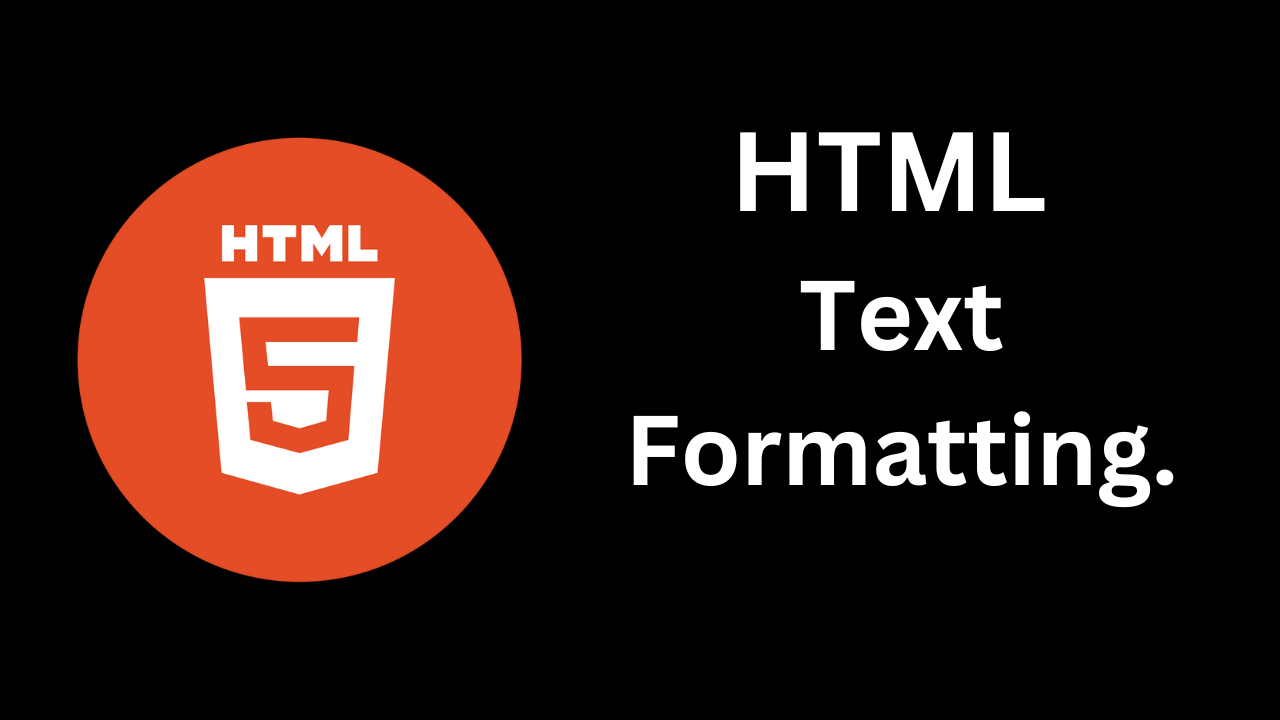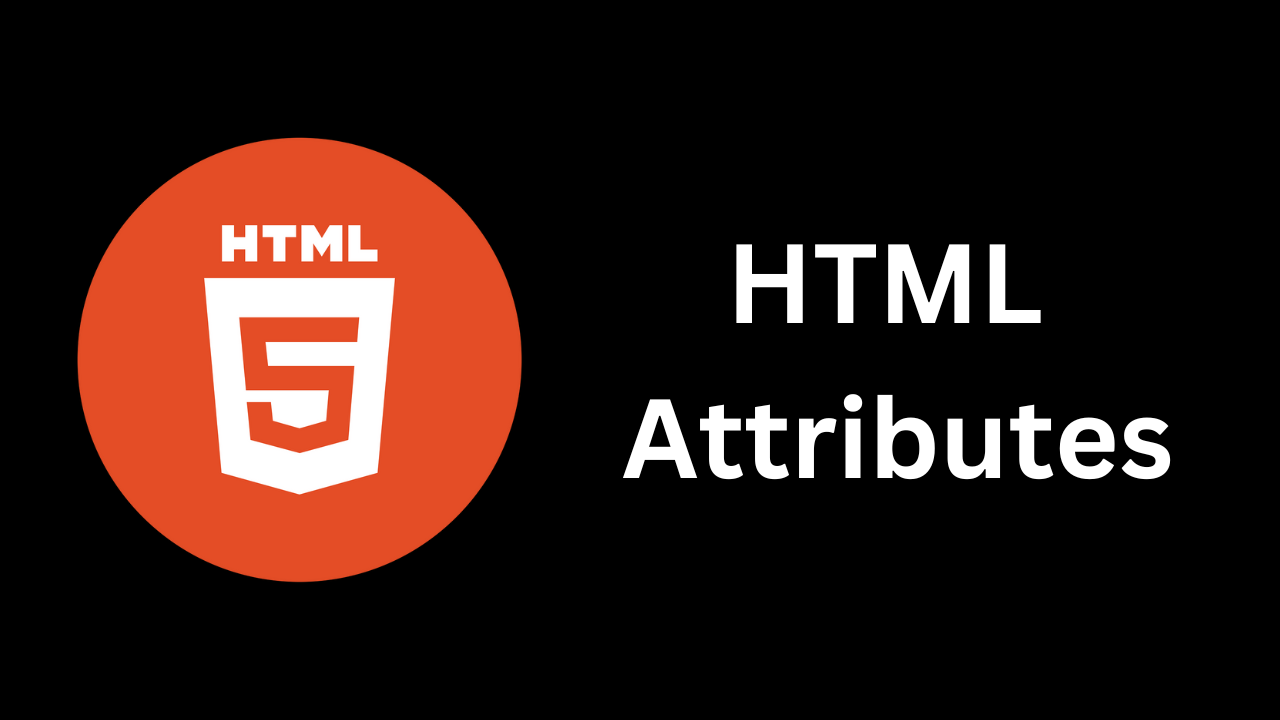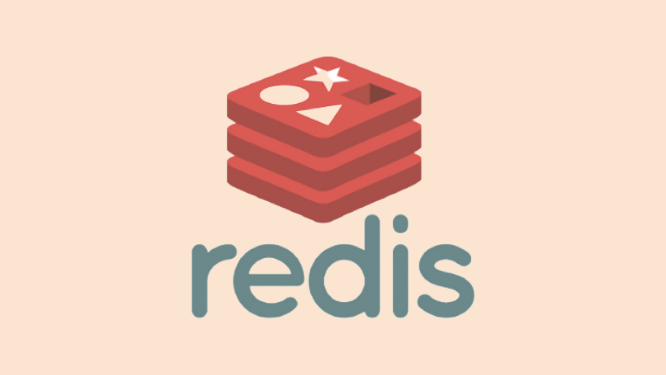HTML, data attributes, web development, front-end development, metadata, JavaScript, CSS, naming conventions, automated testing, accessibility, user experience.
#html-data-attributes-web-development-front-end-development-metadata-javascript-css-naming-conventions-automated-testing-accessibility-user-experienceHTML, data attributes, web development, front-end development, metadata, JavaScript, CSS, naming conventions, automated testing, accessibility, user experience.






